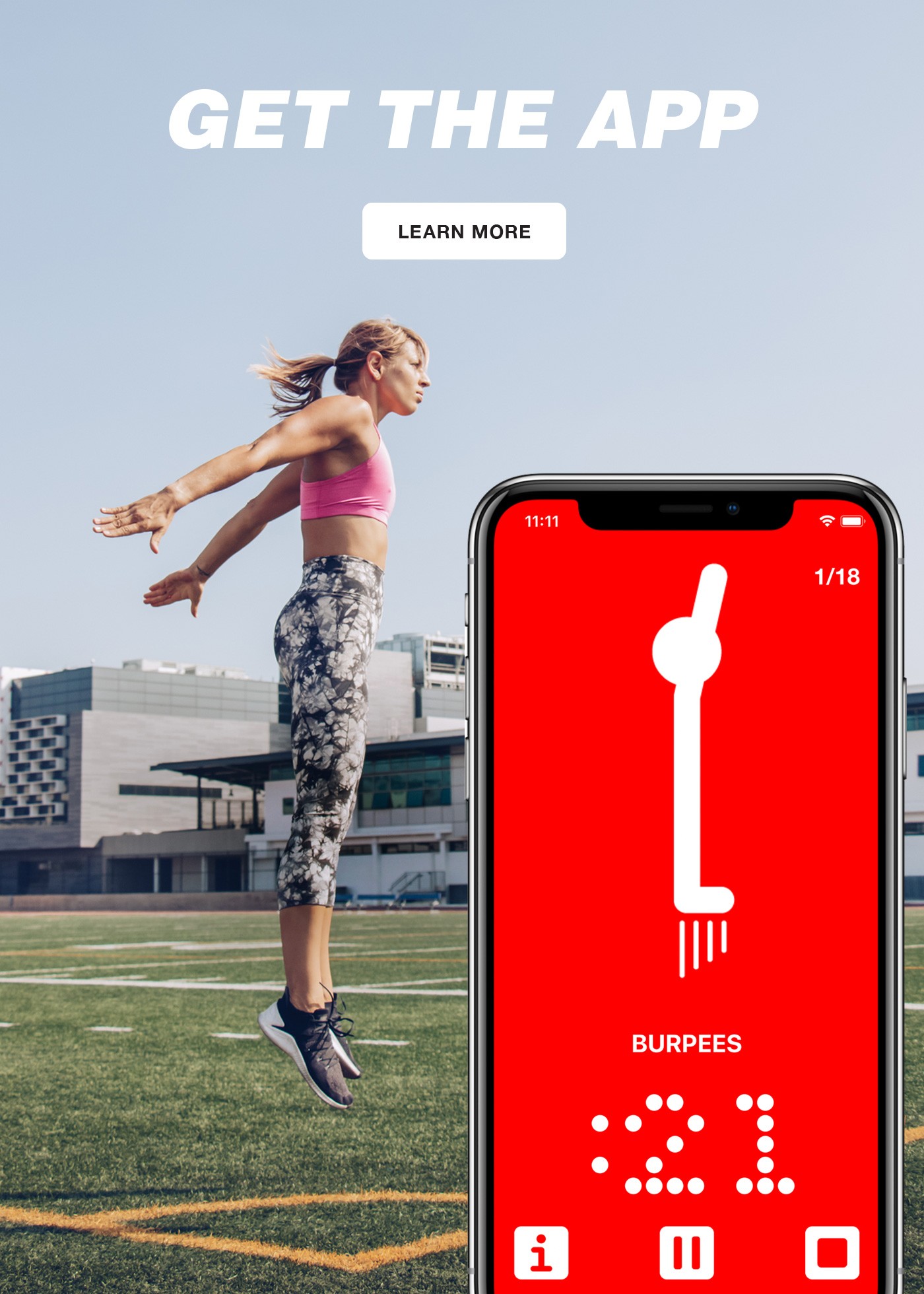Fitness has been my biggest teacher in life.
Through push-ups, squats, burpees, and sprints, I’ve become not only physically stronger and fitter than my former non-fit self, but mentally stronger, too.
Fitness helped me learn that I can do difficult things. It taught me patience and persistence. After spending most of my life hiding behind a wall of fear, always afraid to fail, fitness helped me learn to try.
Without the lessons I’ve learned so far in my fitness journey, I would be a shell of the person I am today. And I know I’m not alone.
I hear so many stories from others who have had similar experiences. From the lawyer who got through the hardship of her teenage years by running every day, to the scientist who learned how to deal with life’s unpredictability through skateboarding, fitness has the power to change lives.
Below are five ways fitness can teach you valuable life lessons, no matter your current fitness level, previous experience, age, sex, or genetics. These ring true whether your fitness activity of choice is lifting weights, playing pickup basketball, or going for an awe-inspiring hike in nature. Keep coming back to these and notice how you can use your workouts as a training ground for the rest of your life.
Start With a Growth Mindset
Before embarking on any new fitness journey, one thing is non-negotiable: you must believe your efforts will pay off. This is true whether you’ve committed to lose weight or want to sign up to compete in an adventure race.
This belief that your hard work and effort can make a difference is the hallmark of what psychologists call a growth mindset. The opposite, a fixed mindset, means you typically believe your abilities are set in stone, and there’s not much you can do to change them.
There’s simply no point in starting a new fitness journey without first believing that your efforts will make a difference.
Your mindset determines your actions as well. If you start out believing that you can get stronger, faster, and more athletic, you’re much more likely to put in the time and work needed to actually make that happen. On the other hand, if you start out believing that talent is innate and there’s no point in even trying, you won’t put in the work, and you won’t make much progress.
Henry Ford had it right all along when he said, “Whether you think you can, or you think you can’t — you’re right.”
This is as true with any goal in life as it is with fitness. The more you work on cultivating a growth mindset through physical activity, the more you’ll be able to shift your mindset in other areas of your life.
Set and Achieve Goals
When you set out to achieve a fitness-related goal, whether it’s to do your first pull-up, run in a marathon, or reach a certain level in your sport, learning the method behind goal setting is essential to making long-term progress.
In a nutshell, well thought out goal setting looks like this:
- Set a high, hard long-term goal.
- Take a realistic assessment of where you’re currently at.
- Break your high, hard goal down into chunks you can follow on a daily, weekly, and monthly basis (this step also may include finding expert instruction, reading books, taking programs, etc.)
- Take small daily action steps toward your goal and keep track of your progress.
- Adjust as necessary and keep going.
For example, if your goal is to be able to do a pull-up, you’ll start by assessing where you’re at in your pull-up journey. Next, you’ll break down your goal into steps, or in this case, regressions, and plan how often you’re going to train to make continuous progress toward your goal. Finally, you’ll keep track of your progress through a physical or digital notebook. You’ll then reassess every couple of weeks and adjust your plan as necessary.
Learning to chunk down and achieve fitness goals can easily transfer over to other areas of your life. Have a career or life-related goal you want to go after? Go through the same goal chunking process.
The more you practice, the better you’ll get at it.
Learn to Struggle
Most of us do our best to avoid struggling for one main reason: struggling is uncomfortable.
Whether you’re struggling through that last rep in your workout or gasping for air at the end of a run, the feeling of struggle is never fun. But most of us understand that we can’t avoid struggle if we want to reach new fitness levels.
The popular fitness slogan, ‘no pain, no gain’ might be a little too black and white—after all, pain while exercising could indicate an injury. But the underlying premise holds: if you want to get stronger, faster, and become a better athlete, you have to be willing to experience discomfort. In other words, you have to struggle.
Learning to be ok with the feeling of discomfort during your workout has undeniable carry-over effects. After all, if you’re trying to get better at anything, whether you’re working to become a better writer, want to learn how to cook, or improve your public speaking skills, the process will be the same. Each time you start something new or want to level up, you’re going to struggle.
The more you become comfortable with getting uncomfortable in the gym, the more this skill can transfer over to the rest of your life.
Build Grit
Embarking on a fitness journey isn’t easy, and no matter what your goals, you’re going to hit plateaus. Plateaus are a normal part of the process, but that doesn’t make them any easier. In his book, Mastery, George Leonard writes that for most people, “plateaus are a form of purgatory.”
This is where building grit is key.
Psychologists define grit as the passion and perseverance for long-term goals. The truest form of grit combines passion, persistence, and self-discipline in the pursuit of big goals that might take months, years, or even decades to accomplish. Back to our pull-up example, this means you’ll continue chipping away at your pull-up training even when it feels like there’s no hope of making any forward progress.
When things get hard, it’s easy to want to quit. Building grit through fitness helps you learn to stick with something when others would give up.
Failure isn’t Final
Most of us avoid failure whenever possible, except when it comes to fitness. In fact, fitness and sports are one of the only areas in our lives that we expect to fail regularly.
When you try a new skill or aim for a new PR, you don’t expect to get it right away. In the gym or on the playing field, we have a different idea of what failure is.
Pushing your limits in fitness means experiencing one failure after the next. But we learn early on in life not to accept these failures as final. Just because you don’t get the mile time you’re aiming for today doesn’t mean that if you stick with it, you never will. Keep chipping away at your goal and challenging yourself just a little more each day, and you’ll get there in time.
You can apply these same lessons from training to any area of your life. Start to treat failures as temporary setbacks, as obstacles to overcome, and you’ll open up a whole new world of possibilities.
Keep pushing forward.
“Today’s failure won’t matter in ten years, but failing to continue to go forward might.” – Jerry Lynch, Way of the Champion




As always, great advice. You’re such a tremendous resource. Thank you. Results though, are only obtainable when action is taken. Your advice is music to my ears so I take action. I keep returning here because I’m benefiting from the driving force you are and the example you continue to set. I feel however, the real magic would be in appealing to those who aren’t so easily inspired and just aren’t taking action. How can they be reached and motivated? I wish I knew.
A very true and inspirational read. Fitness is what will keep us going…
This is good! Failure isn’t final!